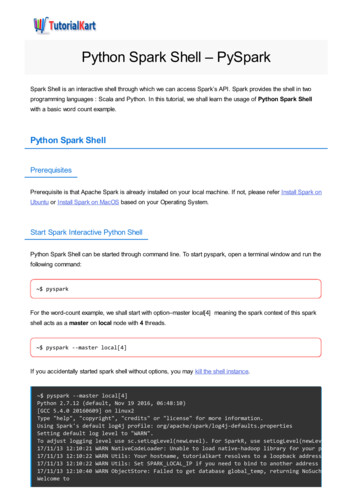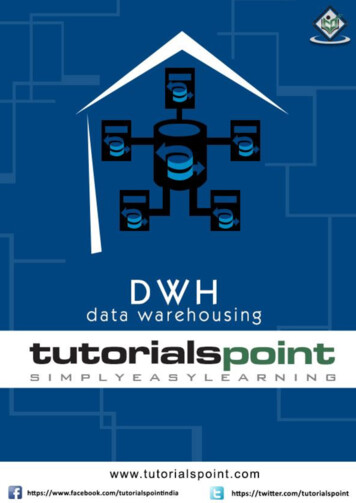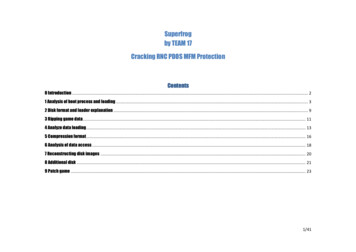
Transcription
Superfrogby TEAM 17Cracking RNC PDOS MFM ProtectionContents0 Introduction . 21 Analysis of boot process and loading . 32 Disk format and loader explanation . 93 Ripping game data. 114 Analyze data loading . 135 Compression format . 166 Analysis of data access . 187 Reconstructing disk images . 208 Additional disk . 219 Patch game . 231/41
0 IntroductionWe will need:Superfrog (CAPS image 35 or original disks)Amiga 500 with 1MB/2MB Chip RAMFIMP - File Imploder 2.34 (LSD Legal Tools Disk 28)Action Replay 3RNC Sector Loader (with stripped off writing code)Few bottles of LucozadeWhen trying to copy disk 1 and 3 we'll see that besides the first two tracks the disk uses some kind of custom MFM disk format, which cannot becopied. Disk 2 has no standard DOS tracks and uses throughout the whole disk a custom MFM disk format.Disk 1 / Disk 3Disk 22/41
1 Analysis of boot process and loadingFirst we load the first track into memory and make the first JMP (A3) to point to itself before we fix the checksum and write it back to disk.Then we'll reboot and enter Action Replay 3 when we're stuck in the endless loop and change the instruction back again to represent the originalinstruction.The boot block gets loaded to address 5C40.Now we can step through the code in memory and see what's happening.LVOAllocMemLVODoIO - Copy data after bootblock from disk to 400 - 1400 to A498 (A3)LVOForbidLVOSuperStateContinue execution at A4983/41
Sector startSectors to readLoad addressMFM BufferCall to loaderDecrunchHunk processingThe call to the loader basically loads track 1 (second track) from the disk (sectors 11 - 22).Since track 1 is also standard AmigaDOS format, we don't have to replace the loader here.Set a breakpoint at A564.Upon break, trace the 2 jump instructions and you'll end up here:4/41
Read tracksDecrunch 80FA0Decrunch 400LoaderHunk processingJMP 80FA0Parameters to first call of loader at 7F4B2:A0 80FA0A1 7C186D1 38D2 162D3 8000D4 12389A5/41
Parameters to second call of loader at 7F4C6:A0 400A1 7C186D1 18D2 20D3 8000D4 12389AAfter file loading, take a look at the memory addresses where the files where loaded to:After passing through instructions 7F4D2 and 7F4DE you'll notice that the contents changed.The data was decrunched in place:6/41
The red marked areas represent hunk header information. 3F3 - HUNK HEADER 3E9 - HUNK CODE 3EA - HUNK DATALet's stay focused on the file being loaded to 80FA0 (main file).When we go pass the 7F4EC instruction, the contents change one more time:After processing of the hunk header, the relative addresses are converted to absolute addresses and the hunk header is removed.We can see the address calculation in action in the first instruction which is a jump: 4E F9 00 00 00 26 becomes 4E F9 00 08 0F C6.( 26 80FA0 80FC6)Important: Keep the main file's hunk header length in mind which is 2C bytes!Program execution continues to jump into the unpacked file memory address 80FA0.When you let the game run, you'll notice that it seems like there is another loader.Debugging or searching for the hex signature (48 E7 7F FC 4E 56 FF DE) of the previous loader,gives us the location of the main loader: 8C038.7/41
That sums up to 3 loaders in 3 separate files located on disk 1:1.) Sectors 2 - A2.) Sectors B - 163.) Sectors 38 - 19AThe first loader we can keep in untouched because it does only read the standard encoded sectors up to sector 16 (size of 2 standard tracks).The second loader has to be fixed or replaced, because it reads the specially encoded and encrypted sectors coming after sector 16.The third loader has to be fixed or replaced as well.Before we proceed to the next steps, make sure you grab the 2nd and 3rd file containing the loaders from memory just after it was unpacked forlater patching:2nd loader containing file finished loading at A548 (Address: 7C180 / Length: 3AF4)3rd loader containing file finished loading at 7F4D6 (Address: 80FA0 / Length: 50F0C)8/41
2 Disk format and loader explanationLike most Team17 titles, Superfrog also uses the Rob Northen PDOS disk format.A standard AmigaDOS disk has 160 tracks, where each track is composed of 11 sectors and each sector having a size of 512 bytes.On the other hand a PDOS disk has also 160 tracks, but 12 sectors per tracks with 512 bytes capacity per sector.So you can fit 880 KB data on a standard AmigaDOS disk (1760 or 6E0 sectors) and 960 KB on a PDOS disk (1920 or 780 sectors).To read the sectors from the disk, a special loader is needed in the case of the original game it is a PDOS sector loader.PDOS disk format allows encrypting sectors on the disk, to successfully read those sectors one has to supply the correct decryption key.Let's have a look at the parameters we need to pass to the loader:D0 Drive to read (on entry)D0 Error code (on exit)D1 Sector startD2 Sectors to readD3 Drive motor on or off after readD4 Serial keyA0 Load addressA1 MFM buffer decode addressThe parameters should be quite self explanatory.In order to create a cracked version of the game, we'll have to obtain the game data from the disks and put them on standard copyableAmigaDOS disks.It is to be expected that the game developers arranged the data of the game in a way that makes use of PDOS's extra capacity capabilities tomake the cracker's life hard (but that's what software cracking is all about, isn't it?).First we have to think about how we will read the data from the disks after we ripped the game data and put it back onto AmigaDOS disks.9/41
There are 2 different possibilities we may consider now:1) We may use a byte based loader. This way we may even squeeze out some extra space and possibly still make the game fit on 3 disks.But on the contrary we have to write lots of interface and plumbing code.2) We may use the standard RNC sector loader. This way we'll have to extend the game to use 4 disks, but positively we don't have towrite any interface or plumbing code, since the RNC sector loader uses the exact same parameters as the PDOS loader does.I decided to take the second option.There will be a surprising discovery later on while following this route, as you'll see.The RNC sector loader written by Rob Northen was widely used in many different commercial games.It was well known for its robustness and efficiency and it even provided the ability to write sectors back to the disk.Since crackers are always trying to reduce their code to the minimal size possible in order to hide it somewhere in memory where it doesn'tbother the rest of the program, N.O.M.A.D. came up with a version of the RNC sector loader with its writing code stripped off.The reduced size RNC sector loader was used for example in the cracked game Mortal Kombat from Fairlight.You may either rip the loader by yourself from memory address 86F26 - 871E6 after the Mortal Kombat game is loaded, or grab it fromFlashtro at http://www.flashtro.com/index.php?e page&id 4044#c21751.10/41
3 Ripping game dataNow we understand where the loaders are and how they work.Therefore we'll use the loader at 7F800 to rip all the data from the 3 disks.We'll start with the first disk. We know the first 2 tracks ( 16 sectors) are in standard format, so let's try to rip the sectors ranging from 16 - 780 ( 76A sectors).Boot the first disk and set a breakpoint at address 7F7EE (call to loader) and 7F7F0 (right after it).As soon as the first breakpoint is triggered, change the register contents to the following parameters:D1 16D2 76AD4 12389AA0 100000 (requires 2MB Chip RAM)Exit AR3 the second breakpoint gets triggered rather quickly without the disk being read. Examine the register contents - register D0 is set to 1E(some error code). After several trial and error attempts, it looks like the sectors 16 - 18 are not readable for some reason, but it doesn't posea problem since these 2 sectors are never read by the game anyway.Reset register D0 to 0.Set register D1 to 18 and register D2 to 768 ( 18 768 780) and jump back to the loader call at address 7F7EE (command: G 7F7EE).Now the loading from disk works! Wait until the second breakpoint triggers and save the data at address 100000 to 2 floppy disks (split itsomewhere in the middle).Insert disk 3. Disk layout is the same as disk 1.You can leave the parameters as before and divert program execution flow back to 7F7EE and save the ripped data as before.Finally insert disk 2. The disk doesn't have a boot sector and all sectors on the disk are in PDOS format.Change D1 to 0 and D2 to 780 and rip the data as before.11/41
Disk 1 and Disk 3:Sectors 0- 15Sectors 16 - 17Sectors 18 - 77FRegular AmigaDOS sectorsNon readable sectorsPDOS encoded sectors- No decryption keyDisk 2:SectorsPDOS encoded sectors- Decryption key: 12389A (same decryption key used) 0- 77F- Decryption key: 12389A12/41
4 Analyze data loadingTo analyze which data is being loaded from the disk, insert a breakpoint on top of the main loader at 8C038 and take note of the D1 and D2register contents.Depending on your gaming skills (or patience), either play the game until the end, make a level skip trainer (change at 819A6: FFFFFFFE to 00000001) or use level passwords (http://www.whdload.de/games/Superfrog.html).The cells marked in blue indicate the disk checks.The cells marked in red are the disk accesses which exceed 6E0 sectors and therefore need to be moved onto our (soon) newly created disk 4.Level 1.1Level 1.277E/1 D1 77E/1 D12C7/2F D1 2C7/2F D137E/45 D1 37E/45 D13C3/1F D1 3C3/1F D13E2/7D D1 3E2/7D D145F/3B D1 45F/3B D149A/9 D1 49A/9 D177E/1 D1 77E/1 D14A3/C D1 4B1/14 D1Level 1.3Level 1.4Complete77E/1 D1 77E/1 D1 77E/1 D12C7/2F D1 2C7/2F D1 4F3/25 D137E/45 D1 37E/45 D13C3/1F D1 3C3/1F D13E2/7D D1 3E2/7D D145F/3B D1 45F/3B D149A/9 D1 49A/9 D177E/1 D1 77E/1 D14C7/12 D1 4DB/16 D1Level 2.1Level 2.2Level 2.3Level 2.4Complete77E/1 D1 77E/1 D1 77E/1 D1 77E/1 D1 77E/1D12C7/2F D1 2C7/2F D1 2C7/2F D1 2C7/2F D1 6AA/31 D1518/46 D1 518/46 D1 518/46 D1 518/46 D155E/1D D1 55E/1D D1 55E/1D D1 55E/1D D157B/84 D1 57B/84 D1 57B/84 D1 57B/84 D15FF/3E D1 5FF/3E D1 5FF/3E D1 5FF/3E D163D/4 D1 63D/4 D1 63D/4 D1 63D/4 D177E/1 D1 77E/1 D1 77E/1 D1 77E/1 D1641/C D1 64F/19 D1 66A/1B D1 687/21 D113/41
Level 3.1Level 3.277E/1 D2 77E/1 D20/2FD20/2FD2B7/3A D2 B7/3A D2F1/1F D2 F1/1F D2110/7F D2 110/7F D218F/3A D2 18F/3A D21C9/5 D2 1C9/5 D277E/1 D2 77E/1 D21CE/B D2 1DB/15 D2Level 3.3Level 3.4Complete77E/1 D2 77E/1 D2 77E/1D20/2FD20/2FD2 228/2C D2B7/3A D2 B7/3A D2F1/1F D2 F1/1F D2110/7F D2 110/7F D218F/3A D2 18F/3A D21C9/5 D2 1C9/5 D277E/1 D2 77E/1 D21F2/15 D2 209/1D D2Level 4.1Level 4.2Level 4.3Level 4.4Complete77E/1 D2 77E/1 D2 77E/1 D2 77E/1 D2 77E/1D20/2FD20/2FD20/2FD20/2FD2 3D0/2F D2254/3E D2 254/3E D2 254/3E D2 254/3E D2292/23 D2 292/23 D2 292/23 D2 292/23 D22B5/71 D2 2B5/71 D2 2B5/71 D2 2B5/71 D2326/3D D2 326/3D D2 326/3D D2 326/3D D2363/4 D2 363/4 D2 363/4 D2 363/4 D277E/1 D2 77E/1 D2 77E/1 D2 77E/1 D2367/E D2 377/1B D2 394/15 D2 3AB/23 D2Level 5.177E/1 D20/2FD23FF/3B D243A/17 D2451/5A D24AB/30 D24DB/3 D277E/1 D24DE/A D2Level 5.2Level 5.3Level 5.4Complete77E/1 D2 77E/1 D2 77E/1 D2 77E/1D20/2FD20/2FD20/2FD2 543/28 D23FF/3B D2 3FF/3B D2 3FF/3B D243A/17 D2 43A/17 D2 43A/17 D2451/5A D2 451/5A D2 451/5A D24AB/30 D2 4AB/30 D2 4AB/30 D24DB/3 D2 4DB/3 D2 4DB/3 D277E/1 D2 77E/1 D2 77E/1 D24EA/1A D2 506/19 D2 521/20 D214/41
Project-FComplete77E/1 D2 77E/1 D256B/1A D2 668/29 D2585/3C D25C1/2C D25ED/48 D2635/2A D277E/1 D265F/7 D2Level 6.1Level 6.2Level 6.3Level 6.4Boss77E/1 D2 77E/1 D2 77E/1 D2 77E/1 D2 77E/10/2FD20/2FD20/2FD20/2FD2 6B3/35691/3B D2 691/3B D2 691/3B D2 691/3B D2 6E8/1B6CC/10 D2 6CC/10 D2 6CC/10 D2 6CC/10 D2 703/26DC/4C D2 6DC/4C D2 6DC/4C D2 6DC/4C D2 77E/1728/3C D2 728/3C D2 728/3C D2 728/3C D2 705/4764/6 D2 764/6 D2 764/6 D2 764/6 D277E/1 D3 77E/1 D3 77E/1 D3 77E/1 D3709/D D3 718/1C D3 736/1D D3 755/25 D3D3D3D3D3D3D3Complete77E/1D3589/95 D361E/95 D377E/1D115/41
5 Compression formatAll files being loaded by the game were packed by File Imploder.http://www.amiga-
make the cracker's life hard (but that's what software cracking is all about, isn't it?). First we have to think about how we will read the data from the disks after we ripped the game data and put it back onto AmigaDOS disks.
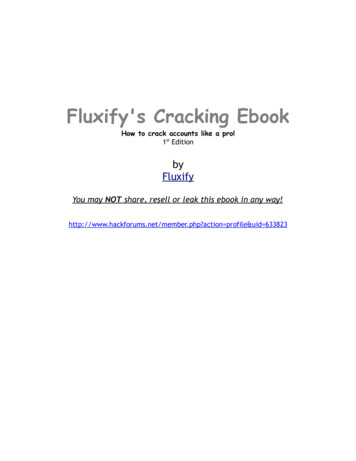
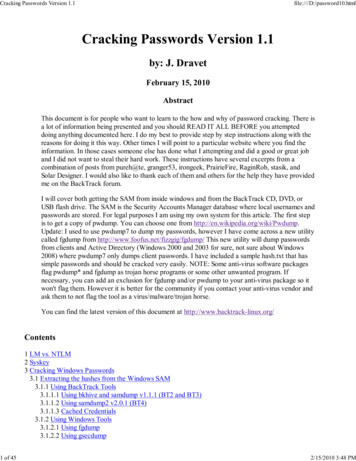
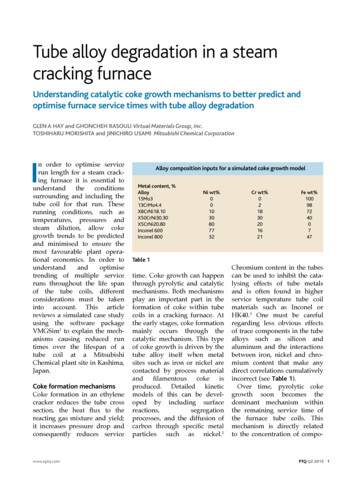
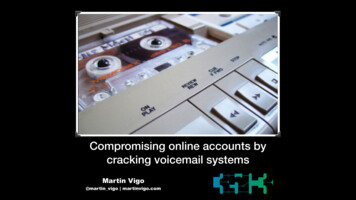
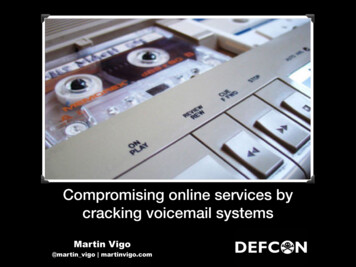
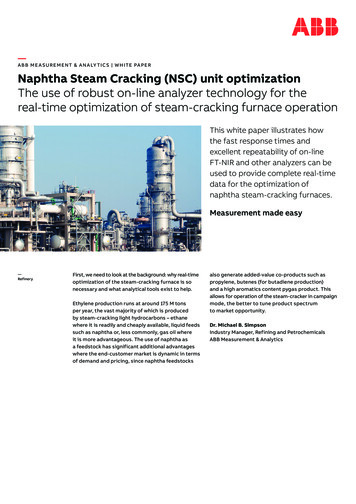
![Unreal Engine 4 Tutorial Blueprint Tutorial [1] Basic .](/img/5/ue4-blueprints-tutorial-2018.jpg)

